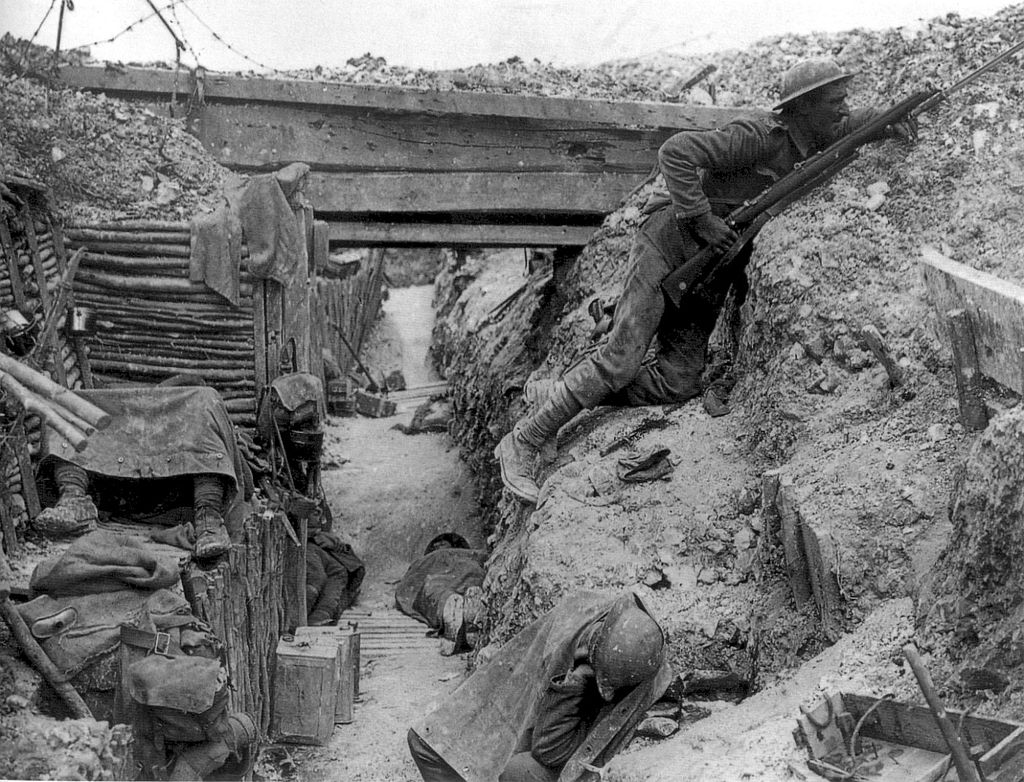Her appointment as
the first female mayor in the British Empire was news around the world. Queen
Victoria even congratulated her on her election.
“Women’s enfranchisement proceeds apace. Early this
morning I read of the election of the new mayor of Onehunga, Mrs. Elizabeth
Yates! She defeated a male candidate. If we Britishers have a queen, why not a
lady mayor?” (Letter To the Editor. Wellington, December 30, 1893. The Inland
Printer, Volume 12. Maclean-Hunter Publishing Corporation, 1894.)
Along with her appointment as mayor she also automatically
became a Justice of the Peace. She occasionally officiated as magistrate in
cases involving women.
Elizabeth Yates was
an able and effective administrator. During her tenure as mayor, she liquidated
the borough debt, established a sinking fund, reorganized the fire brigade, and
upgraded roads, footpaths, and sanitation.
Despite all her
accomplishments, she met stubborn opposition in her role as mayor. When she was
elected, four councilors and the town clerk resigned immediately in protest. A
group of three councilors organized against her, opposing her every proposal.
Even members of the town joined in, cramming the council chamber to hoot and
jeer at her at every meeting. Critics blamed her for bringing it on herself by
being “tactless” and “dictatorial” and disregarding established rules of
procedure.
All of her achievements were accomplished with only one year as
mayor: Elizabeth was defeated in the polls in November of the same year, 1894.
Afterwards, she served on the Borough Council for two years from 1899 to 1901.
In 1909, Elizabeth was admitted to Auckland Mental Hospital for
reasons unknown. She died while still in the hospital on September 6, 1918, and
now rests beside her husband in St. Peter’s churchyard in Onehunga.
First country to grant women suffrage?
Of all the countries
which still exist independently today, New Zealand was the very first to grant
women the right to vote on September 19, 1893. The Corsican Republic, Pitcairn
Island, the Isle of Man, and the Cook Islands, along with various American
states and territories, granted women suffrage before New Zealand.
This article by KeriLynn Engel was originally published on AmazingWomenInHistory.com,
a website about all the kick-ass women the history books left out. Article
here.
Stay tuned for more great articles from the
likes of KeriLynn!

























